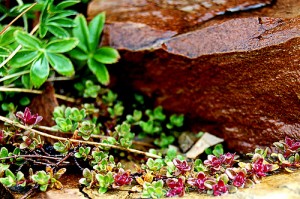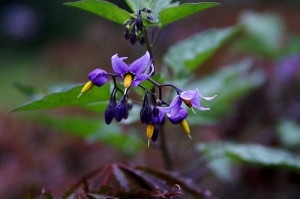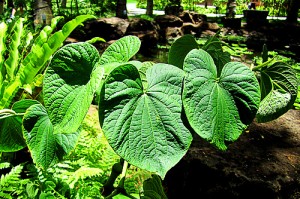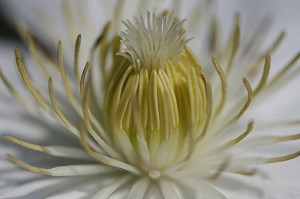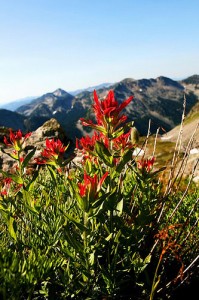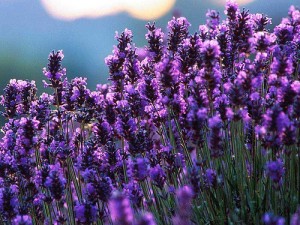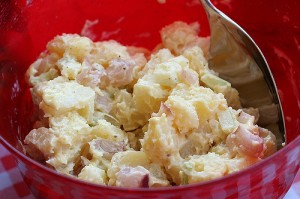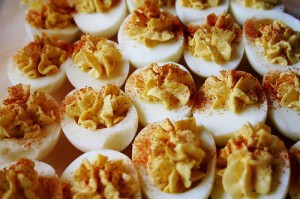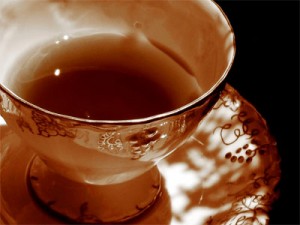Hawthorn
Botanical Name: Crataegus Oxyacantha
Folk Names: Ban-Sangli, Bread and Cheese Tree, Gazels, Hagthorn, Halves, Haw, Hazels, Hedgethorn, Huath, Ladie’ Meat, May, Mayblossom, May Bush, Mayflower, Quick, Thorn, Tree of Chastity.
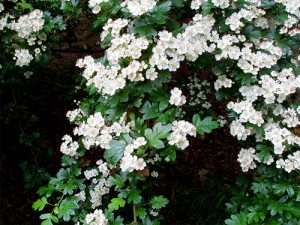
© Copyright David Hawgood and licensed for reuse under this Creative Commons Licence
Hawthorn is a member of Rosaceae family. A spiny tree or shrub, native to temperate regions of the Northern Hemisphere in Europe, Asia and North America, It may reach a height of 30 feet.
The hawthorn has been regarded as the symbol of hope. The branches were carried by the ancient Greeks in wedding processions, and were used to deck the altar of Hymenaios. In Celtic folklore, the hawthorn plant was used commonly for rune inscriptions along with Yew and Apple. It was also used to heal a broken heart. In Serbian and Croatian folklore, hawthorn is deadly to vampires, and a stake used for slaying must be made from its wood. In Gaelic folklore, hawthorn marks the entrance to the other-world’ and is strongly associated with fairies. It has been said, it is very unlucky to cut the tree at any time other than when it is in bloom, during this time it is cut and decorated as a May Bush. (Beltane)
Deities: Cardea, Flora, Hymen
Element: Fire (Courage, Exorcism, Health, Lust, Protection, Strength)
Gender: Masculine
Planet: Mars (Courage, Exorcism, Hex-Breaking, Lust, Protection, Sexual Potency, Strength)
Powers: Chastity, Fertility, Fishing Magic, Happiness
Medicinal Uses: Hawthorn helps to lessen pain in the heart and adjacent areas. It also increases warmth in cold hands and feet where the drop in temperature is due to poor circulation. Hawthorn can also play a part in lowering cholesterol levels and removing plaque that has accumulated in the arteries. The plant parts used medicinally are usually sprigs with both leaves and flowers, or alternatively the fruit.
Magical Uses: At Beltane, the blossoms are used to symbolize love and the union of marriage. Newlywed couples will dance around a Hawthorn tree to bless and ensure a long and fruitful marriage.
Young women would eagerly await the first blossoms. When found after appropriate regard to the trees guardian spirit, a sprig of the blossom would be taken and kept as a charm to encourage the interest of a suitable husband.
It is said the Hawthorn is sacred to Fairies. Make a wish, then tie ribbons and shreds of personal belongings to the thorn, as a gift to the Fairies. The strips should be symbolically appropriate to the nature of the wish, (i.e. blue for health, pink or red for love, green or gold for prosperity) and if pleased, they would grant your wish.
Care should be taken when removing any of its branches. Damage to the tree is said to anger the guardian spirit. Any Hawthorn tree standing alone should be avoided, and only parts from trees forming hedges should be taken. In Ireland and Britain it is part of the fairy-tree triad known as the: “Oak, Ash and Thorn”, and where all three trees grow together it is said that one may see the fairies.
The tree is regarded as a powerful symbol of protection, and often planted near a house to protect it against lightning and damage from storms. In the past most witch’s gardens contained at least one Hawthorn tree, to protect the house against evil spirits. In Ireland it is believed that food left over from the May Eve dinner should not be wasted, but left near the Hawthorn tree as an offering to the spirits that inhabit the tree.
Hawthorn wood is excellent for making talismans and wands for protection, health and luck, as well as tools in rituals to enhance spiritual development and communication. If you cut a piece of live wood from a tree, be sure to do so with reverence and thanks to the tree’s guardian before hand. Another option, take the discarded branches to be found after a heavy storm. To make a talisman, strip off the bark while the branch is still green and before it dries hard onto the wood. Store it outside until you are ready to work with it, this will stop the wood from drying out too quickly. Carving is easily done on green wood before it dries. The wood of the Hawthorn is especially hard.
Another custom was to make a Hawthorn globe or charm ball from its twigs and foliage. This is made at first light on the old Celtic New Year’s Day (Samhain) and tied with a white ribbon. The old charm ball from the previous year is then burned on a bonfire of straw, ash twigs and acorns. This represents all the previous years troubles. Your new hopes and aspirations can then be forged into the new globe and hung in a safe place until the next New Year.
Ritual Uses: May poles were once decorated by the Hawthorn, where witches have long danced and performed rites It was also believed that the thorn were witches transformed. Use Hawthorn to cleanse an area before ritual, protection spells, attract love or communicate with those who have passed.
Other Uses: The wood of some hawthorn trees can be very hard and resistant to rot. It has been used for tool handles and fence posts in North America.
Warning: May interfere with digitalis medications.
References:
Note: Consult with a Physician or a certified herbologist if you are seeking medical remedies. The information is not intended as medical advice. PagansWorld.org is not liable for the misuse of the herb listed above.
Thanks for stopping by! Well wishes to you all, have a great day!
Lisa

